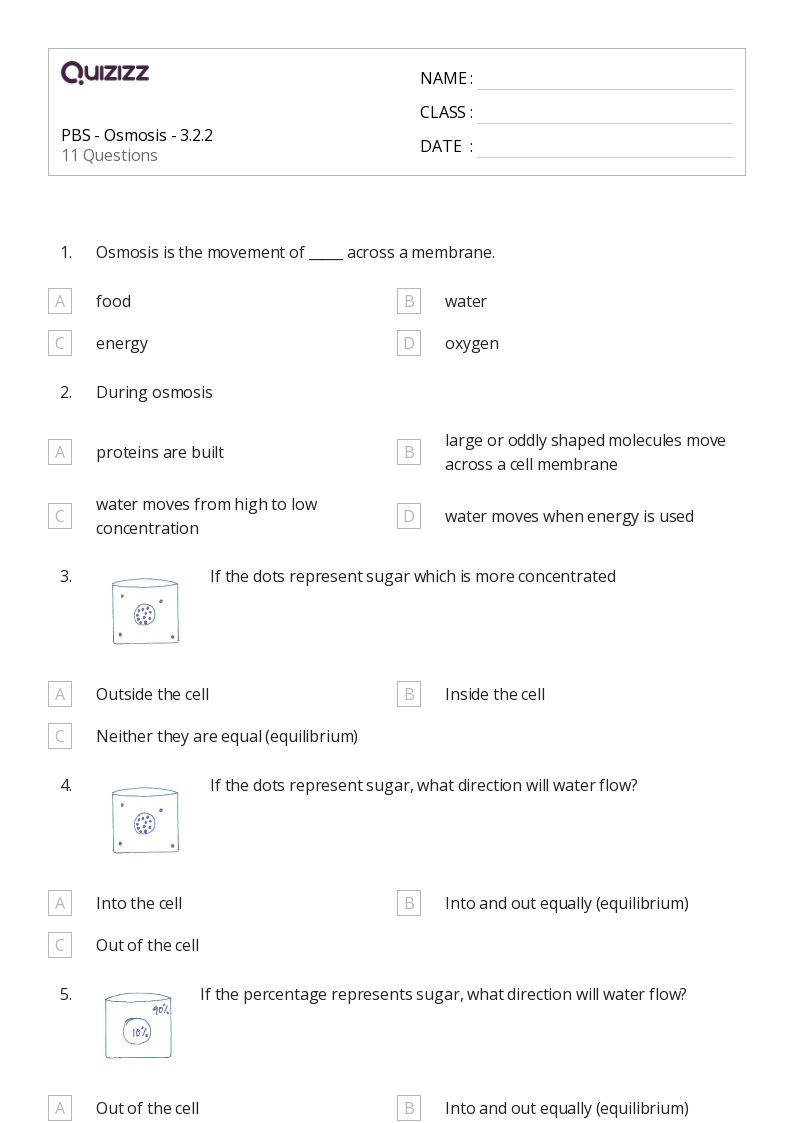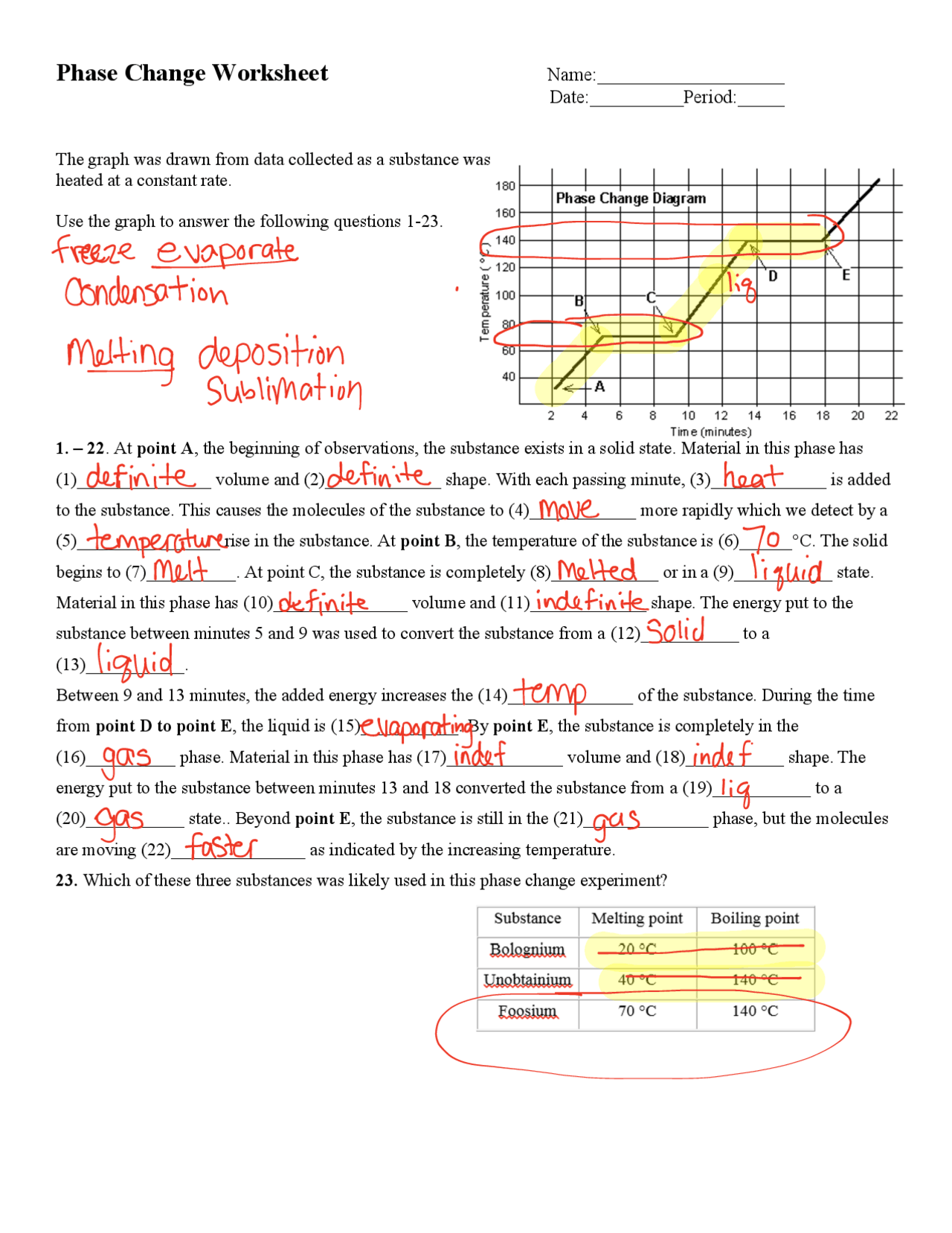Tonicity and Osmosis Worksheet: Mastering Cellular Balance

Delving into the world of cell biology, one quickly encounters the fascinating interplay between tonicity and osmosis, two concepts crucial for understanding how cells maintain their internal environment. These processes are not just academic constructs; they are pivotal for life itself, dictating how water and solutes move across cellular membranes. This blog post serves as a comprehensive guide to mastering these phenomena, providing insights into how they affect cells in various conditions, and offering practical advice for those studying or just interested in the biology of cells.
Understanding Tonicity

Tonicity refers to the relative concentration of solutes dissolved in a solution compared to another solution. Here's how it's categorized:
- Isotonic: Solutions with the same concentration of solutes, causing no net movement of water across the membrane.
- Hypertonic: A solution with a higher concentration of solutes than inside the cell, leading to water exiting the cell to balance the concentrations.
- Hypotonic: A solution with a lower concentration of solutes, causing water to enter the cell to equalize the solute concentration.
Here's a quick reference to illustrate the effects of tonicity:
| Tonicity | Effect on Cell |
|---|---|
| Isotonic | Cell size remains unchanged; no net water movement |
| Hypertonic | Cell shrinks (plasmolysis or crenation) |
| Hypotonic | Cell swells (hemolysis in red blood cells or turgor pressure in plant cells) |

The Process of Osmosis

Osmosis is the passive movement of water through a semipermeable membrane from an area of lower solute concentration to an area of higher solute concentration. This movement aims to balance the concentration of solutes on both sides of the membrane, a process known as reaching equilibrium.
Consider these key points about osmosis:
- It involves only water; solutes generally do not move during osmosis.
- The direction of water movement is dictated by the concentration gradient.
- The rate of osmosis can be influenced by the permeability of the membrane and the presence of aquaporins (water channels).
Applications in Biology

The principles of tonicity and osmosis have several biological applications:
- Homeostasis: Cells maintain an isotonic environment to keep internal conditions stable.
- Hemolysis and Crenation: Understanding tonicity can predict what will happen to blood cells when exposed to different solutions.
- Plant Cell Turgor: Plants rely on hypotonic solutions to keep their cells turgid, providing structural support.
- Dialysis: Medical treatments like kidney dialysis leverage osmosis to remove waste products from blood.
🌱 Note: In plant biology, the concept of turgor pressure is particularly important as it helps plants maintain their shape and contributes to the movement of leaves and stems.
Worksheet: Understanding Tonicity and Osmosis

To reinforce your understanding, consider the following worksheet exercises:
- Identify whether each scenario describes an isotonic, hypertonic, or hypotonic environment:
- A red blood cell placed in a saline solution with 0.9% sodium chloride.
- A plant cell in freshwater.
- A paramecium (a single-celled organism) in a sugar solution.
- Explain what would happen to the following cells when placed in distilled water:
- A human cheek cell
- A bacterial cell
- A plant leaf cell
- Draw a diagram to illustrate the movement of water during osmosis in a hypertonic, isotonic, and hypotonic environment.
In a summary, understanding tonicity and osmosis provides a foundation for comprehending how cells interact with their environment, how they maintain balance, and how they can be affected by changes in solute concentration. Whether you're studying biology, involved in medical sciences, or simply curious about life at a cellular level, these principles are fundamental. By engaging with the worksheet exercises, you not only solidify your knowledge but also gain practical insights into how these processes play out in real-life scenarios.
What is the difference between osmosis and diffusion?

+
While osmosis specifically refers to the movement of water through a semipermeable membrane, diffusion is the broader movement of any particle (solutes or solvents) from an area of higher concentration to an area of lower concentration until equilibrium is achieved.
Why do plants require hypotonic solutions?

+
Plants require hypotonic environments to keep their cells turgid, which provides structural support and rigidity. In a hypotonic solution, water enters the cells, causing them to expand and press against the cell wall, creating turgor pressure.
Can tonicity affect bacterial growth?

+
Yes, tonicity can significantly influence bacterial growth. Bacteria can respond to osmotic stress through mechanisms like osmoregulation, where they regulate the concentration of solutes within their cytoplasm to match the external environment and prevent dehydration or lysis.



